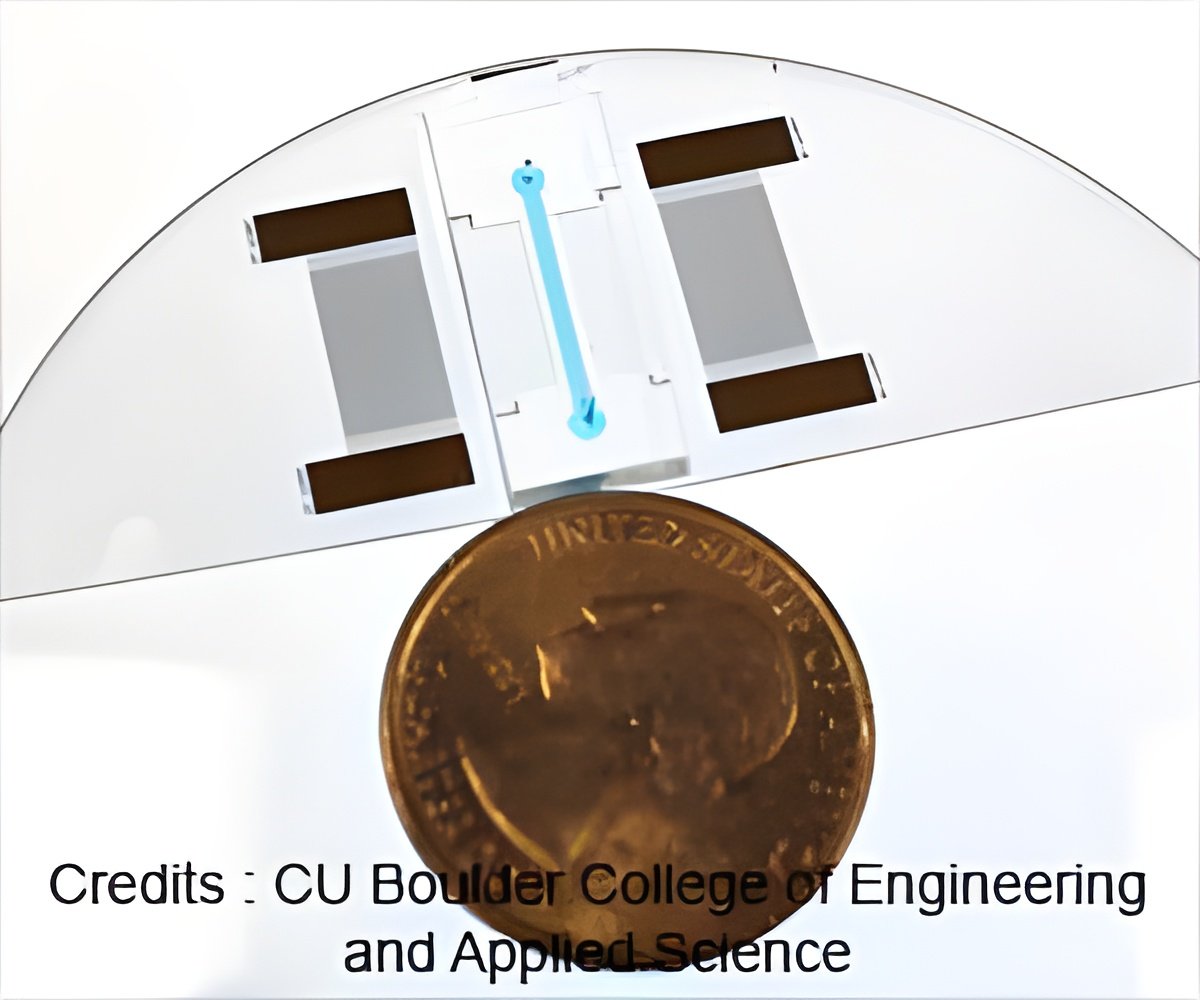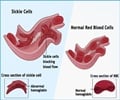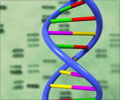Many children born in the developing world suffer and die from sickle cell disease each year.

A Post-Doctoral Fellow in Chemistry and Chemical Biology working in the lab of George Whitesides, the Woodford L. and Ann A. Flowers University Professor, Kumar and colleagues, including other co-authors, have developed a new test for sickle cell disease that provides results in just 12 minutes and costs as little as 50 cents – far faster and cheaper than other tests. The test is described in a paper published this week in the Proceedings of the National Academy of Sciences.
"The tests we have today work great, they have a very high sensitivity," Kumar said. "But the equipment needed to run them costs in the tens of thousands of dollars, and they take hours to run. That's not amenable to rural clinics, or even some cities where the medical infrastructure isn't up to the standards we see in the U.S. That's where having a rapid, low-cost test becomes important and this paper shows such a test can potentially work."
When run against more than 50 clinical samples – 26 positive and 26 negative – the new test showed good sensitivity and specificity for the disease, Kumar said, so the early evidence is promising, but additional testing will be needed to determine whether the test is truly accurate enough to use in the field.
The test designed by Kumar is deceptively simple, and works by connecting two ideas scientists have understood for decades.
The first is the notion that blood cells affected by the disease are denser than normal cells, and the second is that many polymers, when mixed in water, automatically separate into layers ordered by density.
Advertisement
Source-Eurekalert








